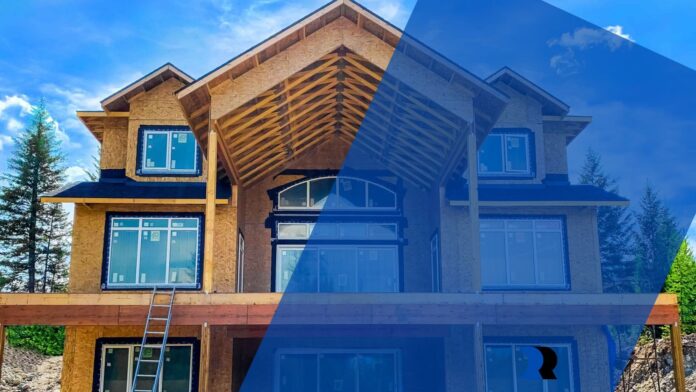In an era where most people are concerned about the environment, homeowners increasingly turn to prefabricated building kits as a sustainable and eco-friendly option for their housing needs. These innovative kits offer numerous advantages, from reduced construction waste to energy efficiency. This article discusses the eco-friendly benefits of prefab building kits and why they are becoming the preferred choice for environmentally conscious homeowners.
1. Sustainable Materials
One of the primary eco-friendly benefits of prefab kits is using sustainable materials. Traditional construction methods often rely on resource-intensive practices that deplete forests and contribute to environmental degradation. Prefab kits, on the other hand, emphasize using sustainable materials like engineered wood, recycled steel, and eco-friendly insulation.
Engineered wood products, like oriented strand board (OSB), are commonly used in prefab construction. These materials are made from fast-growing, sustainably managed forests, reducing the ecological footprint associated with construction.
2. Reduced Construction Waste
Traditional construction sites are notorious for generating vast amounts of waste, often in landfills. Prefabricated kits are designed with precision, minimizing waste during the manufacturing process. The controlled environment of a factory allows for efficient material usage, reducing the overall waste produced.
Furthermore, the construction of prefab homes generates significantly less on-site waste than traditional methods. This waste reduction benefits the environment and saves homeowners money on waste disposal costs.
3. Energy Efficiency
Prefab kits are designed with energy efficiency in mind. The standardized construction process ensures that homes are well-insulated and airtight, reducing energy consumption for heating and cooling. Many prefab homes also incorporate energy-efficient features such as LED lighting, high-efficiency HVAC systems, and smart thermostats.
Moreover, some prefab homes are built to passive house standards, which are incredibly energy-efficient and environmentally friendly. These homes often require minimal heating or cooling, relying on natural ventilation and insulation to maintain comfortable indoor temperatures.
4. Solar Integration
One of the critical ways prefab kits contribute to eco-friendliness is by their compatibility with renewable energy sources, particularly solar power. Many prefab homes are designed to integrate solar panels into their roofs easily. This empowers homeowners to utilize solar energy to produce clean, sustainable power, diminishing their dependence on fossil fuels and decreasing their environmental impact.

Solar integration benefits the environment and provides long-term cost savings on energy bills. In some cases, homeowners with solar-equipped prefab homes can generate surplus energy and sell it back to the grid, further promoting sustainability.
5. Water Efficiency
Prefabricated kits often come with water-efficient fixtures and appliances, helping homeowners reduce their water consumption. Low-flow toilets, efficient faucets, and high-efficiency washing machines are standard features in many prefab homes. Further, some prefab homes incorporate rainwater harvesting systems, allowing homeowners to collect and reuse rainwater for irrigation and other non-potable uses.
By reducing water waste and promoting responsible water management, prefab homes contribute to conservation efforts and help protect precious water resources.
6. Reduced Transportation Emissions
Prefab kits are manufactured in controlled environments, typically near transportation hubs. This proximity reduces the need for long-distance transportation of construction materials, significantly cutting down on carbon emissions associated with vehicles.
Additionally, because prefab components are designed to be compact and lightweight, fewer vehicles are needed for delivery to the construction site. This reduction in transportation emissions aligns with the global effort to fight climate change and decrease the environmental impact of construction.
7. Durability and Longevity
Prefab homes are often built to high-quality standards, ensuring their durability and longevity. This means that homeowners can enjoy their eco-friendly prefab homes for decades, reducing the need for frequent renovations or replacements that can generate additional waste and consume resources.

In conclusion, prefab building kits offer many eco-friendly benefits for homeowners. From sustainable materials and reduced construction waste to energy efficiency, solar integration, water efficiency, and lower transportation emissions, these kits are a compelling choice for those looking to minimize their environmental impact while enjoying the benefits of modern, comfortable living.


